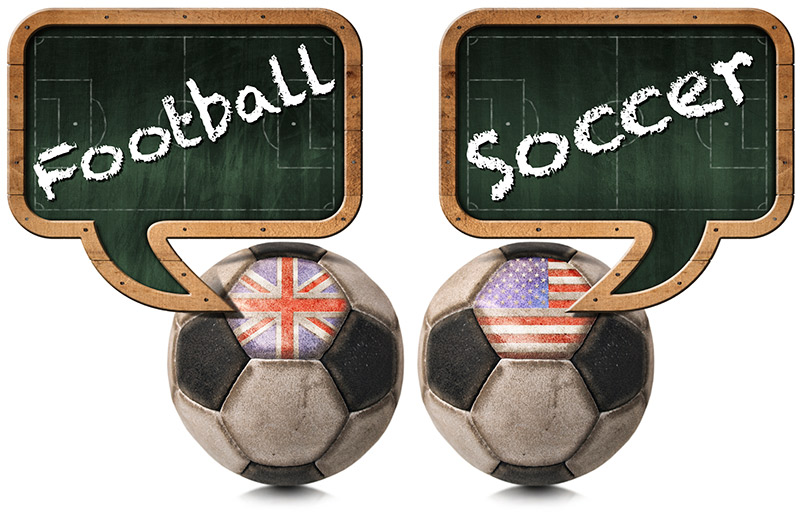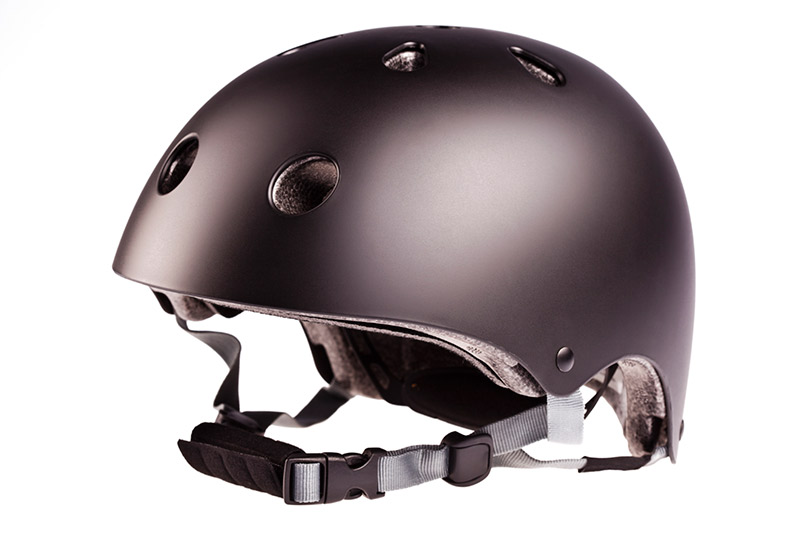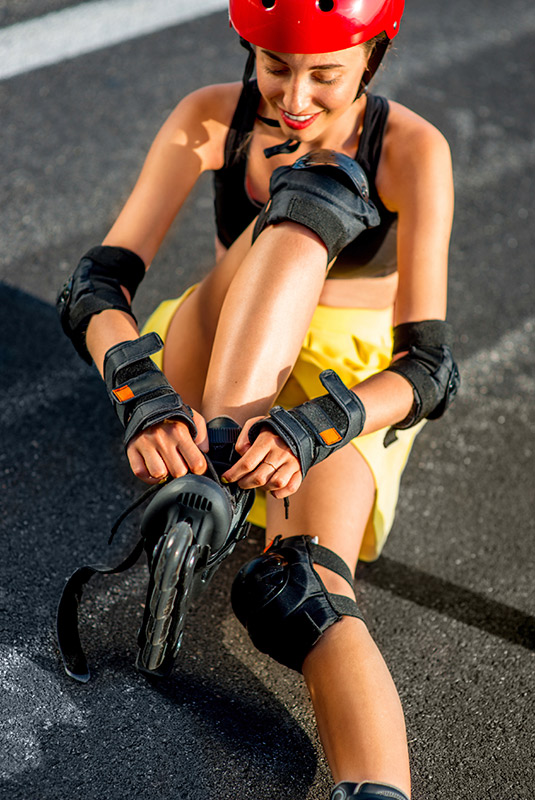The following information will give you a general understanding of the types of equipment necessary for your RollerSoccer program. All, or most, of the equipment will be available from your local skate and soccer distributors or retailers since RollerSoccer combines two widely popular sports.
Skates
Inline skates and roller skates (also known as quads) are permitted. The RSUSA recommends four-wheel inline skates because they have characteristics more suitable for ball control and maneuverability. However, there are many excellent players that wear roller skates as well. Skating centers usually have rental skates that are fine for beginners. Many skate models are well suited for RollerSoccer. Each player’s choice of skates should be based on which characteristics are most important to them, such as: stability versus maneuverability, soft boot versus hard shell, ankle flexibility versus ankle support, etc.
Balls
A standard size five-soccer ball is required. The outer shell of the ball must be a material that is smooth and slick (not sticky), such as PVC. The size and outer shell requirements are designed to help players not to trip over or get stuck on the ball. Balls with low-bounce bladders are not recommended for competition. A low-bounce bladder option is designed for skating centers with concerns regarding the potential for balls hitting the ceiling or overhead fixtures. It is worth noting that the ball rarely gets more than 6 feet above the surface since skates limit the players ability to get under the ball and due to the fact that the playing area is smaller than that used for traditional soccer.
Protective Gear
RSUSA strongly recommends that players wear full protective gear including a helmet, wrist guards, knee and elbow pads, and shin guards. The protective gear should be lightweight, recreational style gear. Heavy duty, hockey style gear is unnecessary and is discouraged since RollerSoccer, like soccer, is designed for skilled athletes rather than reckless gladiators. Helmets are mandatory for players of all ages; some of the other gear is optional at certain competition levels. Helmets must have a rounded shell similar to those worn by extreme skaters, rather than the pointy bicycle style.




